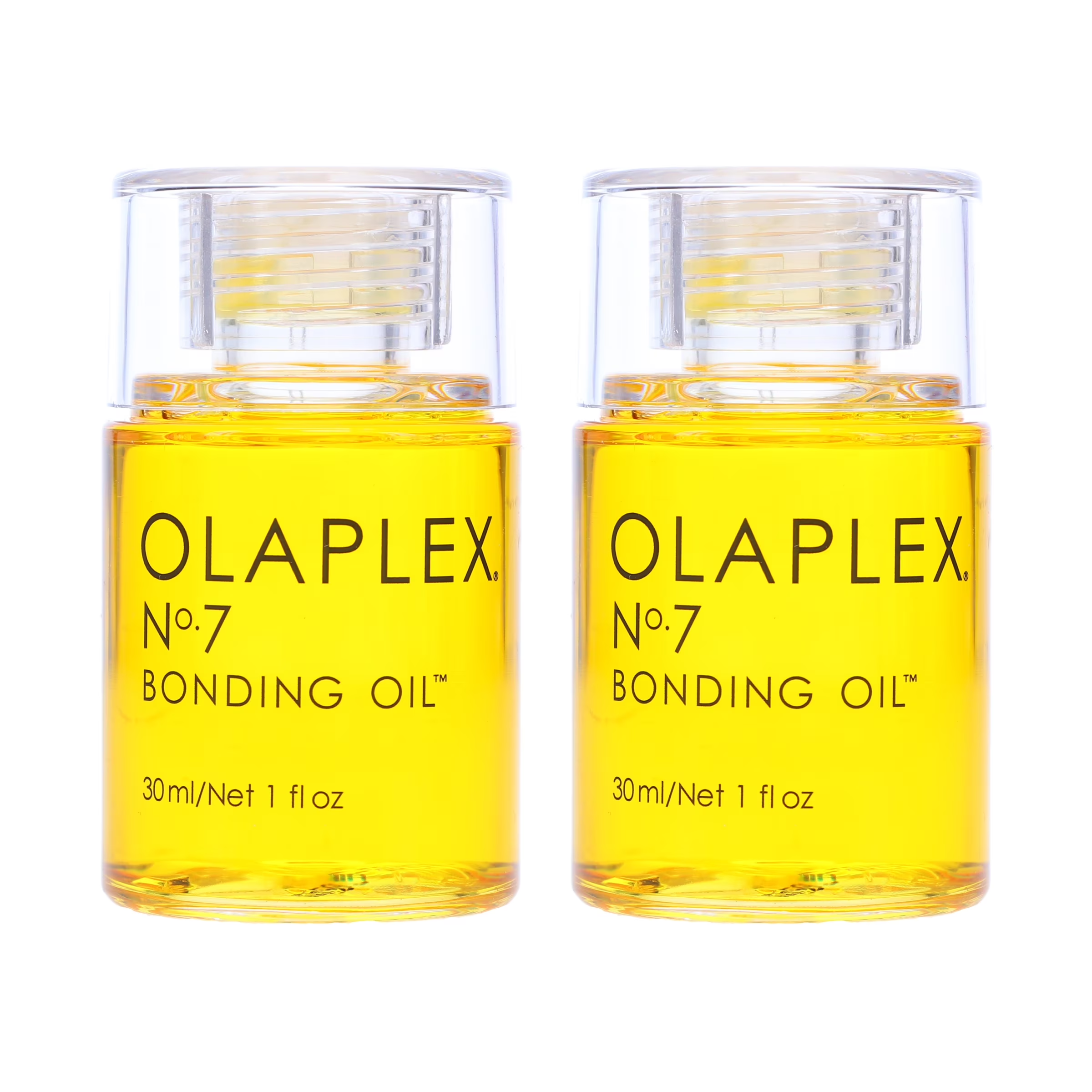Top Perfume Notes Explained: Floral, Woody, Fresh & More
Ever smelled a perfume you loved at first spritz — only for it to change completely a few minutes later? That’s the power of perfume notes, the layers that unfold over time on your skin. perfume notes explained
If you’ve ever read fragrance descriptions like “top notes of bergamot” or “base of vanilla and musk,” you’re not alone in wondering what it all means. In this guide, we’ll explain top, heart, and base notes and explore the most popular scent families to help you choose a perfume that suits your style and personality.
🧬 What Are Perfume Notes?
Perfume is made up of three layers of scent, known as notes. These evolve over time as the fragrance settles on your skin. perfume notes explained
🌟 1. Top Notes (First Impression)
-
These are the lightest, most volatile scents
-
You smell them immediately when applying perfume
-
They usually last 5–15 minutes
Common top notes:
-
Citrus (bergamot, lemon, orange)
-
Herbs (basil, mint)
-
Light fruits (apple, peach)
💐 2. Heart Notes (Middle Layer)
-
These make up the core identity of the fragrance
-
Emerge after top notes fade
-
Typically last 30 minutes to 2 hours
Common heart notes:
-
Flowers (rose, jasmine, lavender)
-
Fruits (pear, raspberry)
-
Spices (cinnamon, cardamom)
🌲 3. Base Notes (Long-Lasting Foundation)
-
These develop slowly and linger the longest perfume notes explained
-
Add depth, warmth, and richness
-
Can last 4+ hours, often till the end of the day
Common base notes:
-
Woods (sandalwood, cedar)
-
Resins (amber, frankincense)
-
Musks, vanilla, patchouli
💐 Most Popular Perfume Families (Scent Types)
1. Floral
-
Notes: Rose, jasmine, lily, violet
-
Mood: Romantic, feminine, soft
-
Best for: Daytime, spring & summer
2. Woody
-
Notes: Cedar, sandalwood, vetiver
-
Mood: Earthy, grounded, sophisticated
-
Best for: Evenings, fall & winter
3. Fresh/Citrus
-
Notes: Lemon, grapefruit, mint
-
Mood: Clean, energizing, light
-
Best for: Office wear, hot weather
4. Oriental (Amber)
-
Notes: Vanilla, amber, spice, incense
-
Mood: Warm, exotic, intense
-
Best for: Night outs, special occasions
5. Gourmand
-
Notes: Chocolate, caramel, coffee, sugar
-
Mood: Sweet, edible, playful
-
Best for: Cold weather, date nights
6. Aquatic/Marine
-
Notes: Sea salt, water lily, algae
-
Mood: Breezy, clean, fresh
-
Best for: Beach vibes, summer
🧠 How to Choose Your Signature Scent
-
Try before buying – test on your skin and wait 30 minutes
-
Pay attention to how it dries down (base notes matter!)
-
Consider what mood or memory you want to evoke
-
Choose different perfumes for different occasions and seasons
-
Don’t over-apply – 2–3 spritzes are enough!
🌿 How Notes Work Together
Think of perfume like a musical chord:
-
Top notes: The opening melody
-
Heart notes: The main tune
-
Base notes: The lasting echo
A well-balanced perfume will transition smoothly through all three stages — and leave a lasting impression. perfume notes explained
🧴 Bonus: Layering Based on Notes
You can layer perfumes or scented products from the same family for a deeper, longer-lasting effect.
Example layering combo:
-
Top: Citrus body mist
-
Middle: Rose or jasmine eau de toilette
-
Base: Vanilla body oil
Tip: Avoid mixing clashing scent families (like citrus + oud) unless you’re confident in your blend. perfume notes explained
💬 Final Thoughts
Understanding perfume notes helps you decode the story behind a scent. Whether you prefer sweet, woody, or floral perfumes, knowing how they’re structured allows you to choose and wear fragrances with intention. perfume notes explained
Next time you shop for a fragrance, go beyond the pretty bottle — and trust your nose to find your perfect signature scent.
3 min read









